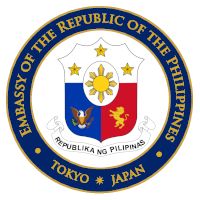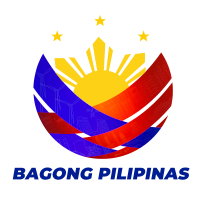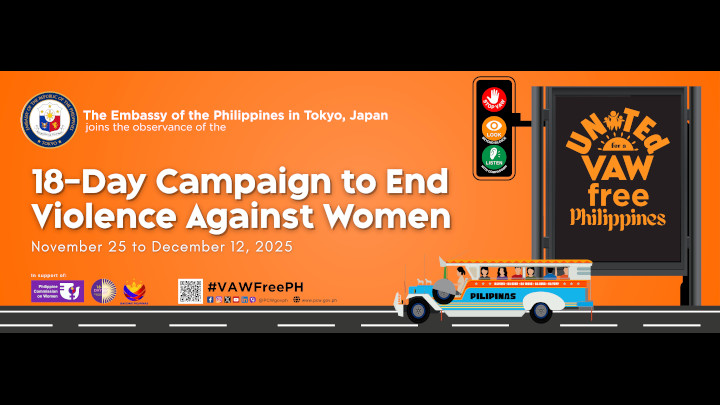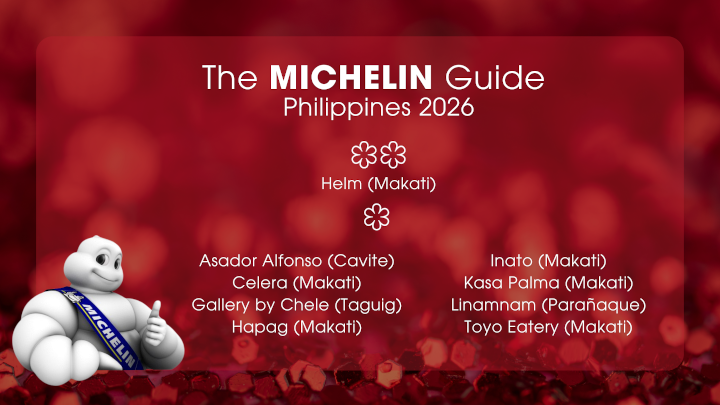Resilience and Peace Define Bangsamoro in “Weaving a Culture of Peace as One Bangsamoro Identity”
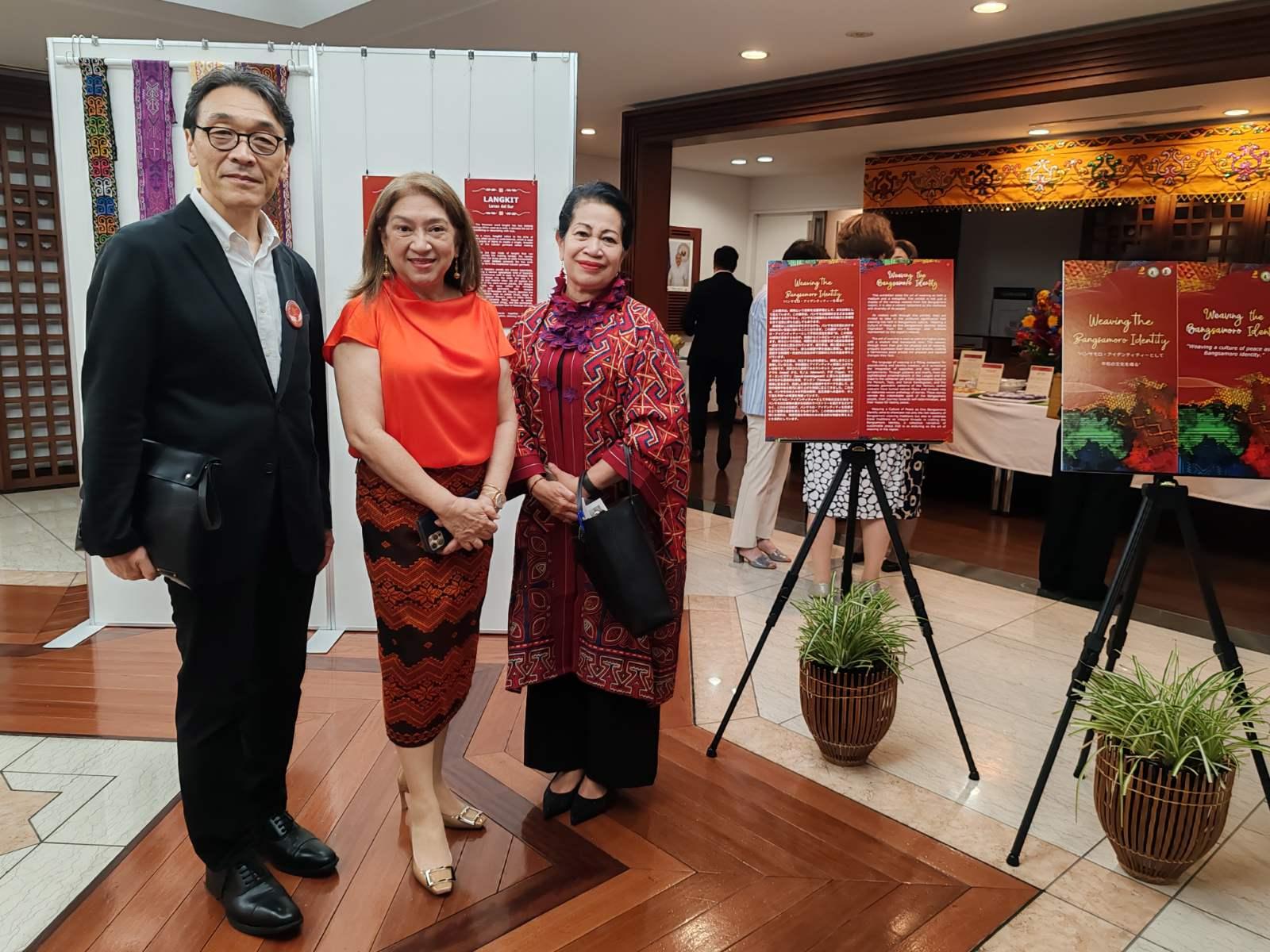
Philippine Ambassador to Japan Mylene J. Garcia-Albano led the opening of a collection from the exhibit, “Weaving the Bangsamoro Identity: Weaving a Culture of Peace as One Bangsamoro Identity,” on 5 August 2024 at the Philippine Embassy in Tokyo. Among the guests are Madame Nuning Akhmadi of the Embassy of the Republic of Indonesia (rightmost) and ASEAN-Japan Centre Secretary-General Kunihiko Hirabayashi (leftmost).
06 August 2024 – The Philippine Embassy in Japan and Sentro Rizal-Tokyo, in partnership with the National Commission for Culture and the Arts (NCCA) and the Bangsamoro Commission for the Preservation of Cultural Heritage (BCPCH), launched a collection from the exhibit, “Weaving the Bangsamoro Identity: Weaving a Culture of Peace as One Bangsamoro Identity,” on 5 August 2024.
The full exhibit was originally shown in Manila, Philippines last May in commemoration of National Heritage Month, the 10th Anniversary of the Signing of the Comprehensive Agreement on Bangsamoro, and the 5th Anniversary of the Establishment of the Bangsamoro Autonomous Region of Muslim Mindanao.
On 27 March 2014, the Comprehensive Agreement on Bangsamoro was signed, which effectively ended decades of conflict and mandated various peacebuilding interventions, including constant negotiations, consultations, and dialogues for the advancement of the region and the entire country. The Bangsamoro Autonomous Region of Muslim Mindanao (BARMM), was created five years thereafter, encompassing the provinces of Basilan, Lanao del Sur, Maguindanao, Sulu, and Tawi-Tawi.
“The creation of BARMM was underpinned by the acknowledgement of the justness of the Bangsamoro peoples’ cause and their right to meaningful self-governance,” said Philippine Ambassador to Japan Mylene J. Garcia-Albano, who led the launch event.
The exhibit, curated by Mr. Glenn Francis Lanticse of the BCPCH, features a variety of weaving products that highlight the Bangsamoro region’s rich cultural heritage.
According to Mr. Lanticse, “The act of weaving is being highlighted in this exhibit, both as a medium and a metaphor for peace building and the creation of the Bangsamoro identity.”
Central to the exhibit are the themes of resilience and a desire for peace, considering the persistent efforts of generations of Bangsamoro peoples to preserve their cultural heritage amidst violent strife, instability and displacement.
“Weaving also represents the interconnectedness of the Bangsamoro peoples. Just as threads form a cohesive fabric, diverse tribes and groups unite to create a strong, resilient cultural identity. This unity, crucial for overcoming decades of adversity, makes weaving a powerful symbol of their enduring strength, unyielding spirit, and deep yearning for peace,” Ambassador Garcia-Albano stated.
The exhibition features a diverse array of weaving traditions, each with its own unique patterns and motifs. From the intricate geometric designs of Tennun (Basilan) to the ornate details of Langkit (Lanao del Sur) and Inaul (Maguindanao), and the utilitarian yet artistic expressions found in Monom (by the non-Moro Indigenous Peoples), Tepo (Tawi-Tawi), and Saruk Kambigasan (Sulu), these weaves embody the creativity and craftsmanship of Bangsamoro artisans.
In her speech, the Ambassador likewise acknowledged the role of international partners in the journey of the Bangsamoro peoples.
“Today, the Philippines steadily marches on to fulfill the promise of lasting peace and economic development in BARMM. With the support and assistance of our international partners, including Japan, we continue the project of peacebuilding and community restoration.”
The collection will be available for viewing from 6 to 8 August 2024, 10:00am to 5:00pm, at the Philippine Embassy in Tokyo (5 Chome-15-5 Roppongi, Minato City, Tokyo 106-8537). No appointment is required.
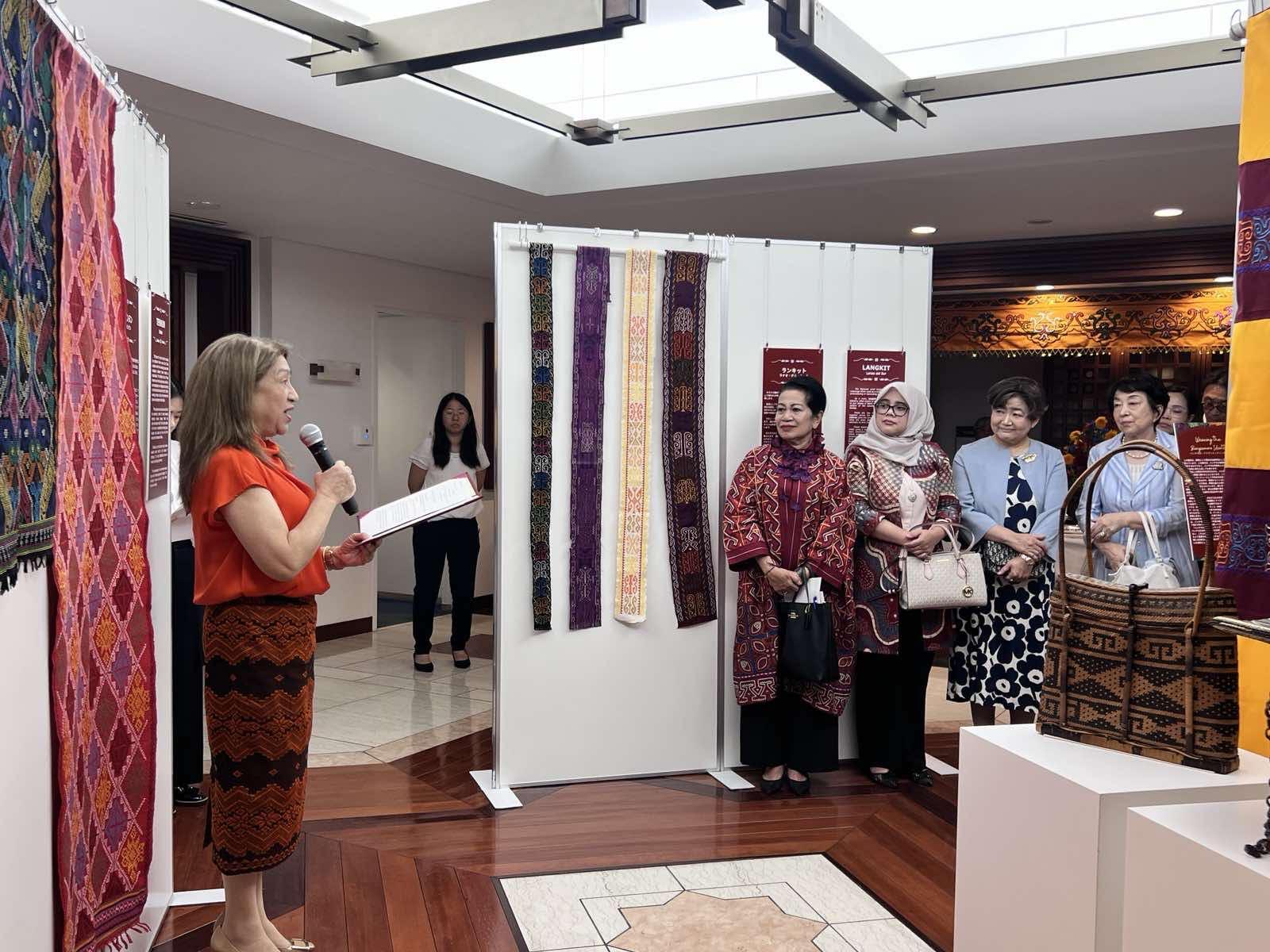
Philippine Ambassador to Japan Mylene J. Garcia-Albano thanked exhibit co-organizers National Commission for Culture and the Arts and the Bangsamoro Commission for the Preservation of Cultural Heritage at the opening of a collection from the exhibit, “Weaving the Bangsamoro Identity: Weaving a Culture of Peace as One Bangsamoro Identity,” on 5 August 2024 at the Philippine Embassy in Tokyo. She expressed the hope that the exhibit would inspire visitors to support cultural heritage preservation and contribute to the quest for peace, especially in the most challenging of times.
